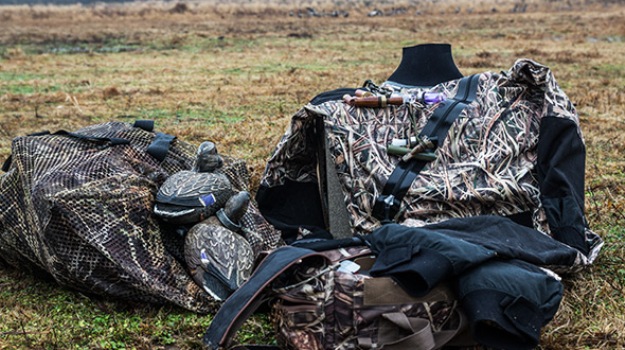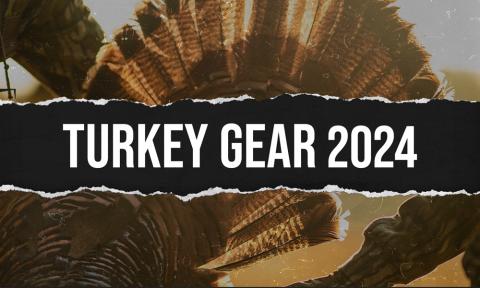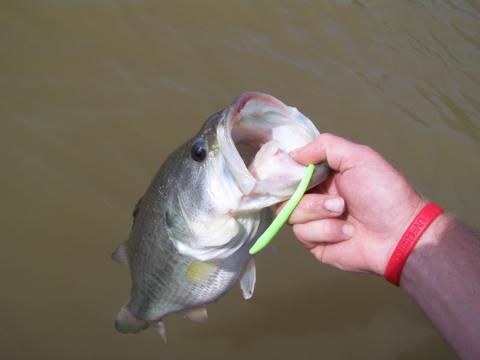DEER THUG Justin Eakins on Low Hunting Pressure and Plenty of Food Makes Late Season a Great Time to Hunt Oklahoma Deer with a Bow
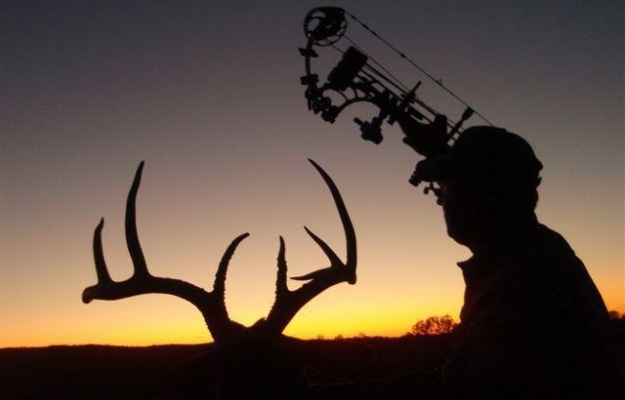
Editor’s Note: This week Justin Eakins, one of the Mossy Oak DEER THUGS, tells us how he manages and hunts deer on 30,000 acres at the end of the season on his land at his Canadian River Hilton Hunting Lodge in Crawford, Oklahoma, and how he grows a crop of bucks that he doesn’t plan to harvest for 4 years. Eakins has been a deer hunter for over 30 years.
Our archery deer season ends on January 15. Our gun deer season runs for 16 days after Thanksgiving. Most bowhunters think that they’ll bowhunt before gun season and hunt with a gun the rest of deer season. However, here in Oklahoma, we have this late season bowhunt that takes place when there are still plenty of trophy bucks left for the taking. One of the problems we face at the end of the season is that we see a lot of broken racks on our mature bucks. Because we try to carry a good number of mature bucks and keep our doe herd balanced, there's quite a bit of competition among our big bucks for the does. Anywhere you have a buck-to-doe ratio that approaches one buck for one doe, your bucks are will be fighting. When two, 4-1/2-year old bucks start banging their heads together, often antlers will be broken.
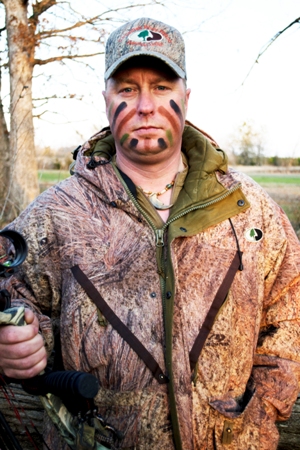 On our property in Oklahoma, the end of the season is one of the best times to try to take a mature buck with a bow. Because we don’t overhunt our property, our bucks don’t get much hunting pressure. So, there are still plenty of good bucks to be harvested at the end of the season. One of the big advantages we have with our late-season hunting is our rut is over, and our bucks are very patternable. After the rut, they'll be trying to find food to build up their bodies, so we can pattern bucks in the early season going to food. But most of the time, they’ll show up on the food after dark. However, in the late season, our area usually has colder temperatures, the mature bucks don’t have does on their minds, and they need to eat a lot to build their bodies back up after the rut ends. Generally we see more bucks during the daylight hours in the late season hunts than we do on the early season hunts. Also in the late season, the second rut kicks in, and the does that haven’t been bred on the first rut come in estrus. So, you still can see bucks chasing does. But finding a doe in estrus during the second rut on our property is really rare. When your deer herd is balanced, approaching one doe for every buck, most of the does will get bred during the first season. So, we don’t hunt late season the same way we do the rut. Instead of concentrating on areas where there are a lot of does, we hunt the places where there's plenty of food for both bucks and does.
On our property in Oklahoma, the end of the season is one of the best times to try to take a mature buck with a bow. Because we don’t overhunt our property, our bucks don’t get much hunting pressure. So, there are still plenty of good bucks to be harvested at the end of the season. One of the big advantages we have with our late-season hunting is our rut is over, and our bucks are very patternable. After the rut, they'll be trying to find food to build up their bodies, so we can pattern bucks in the early season going to food. But most of the time, they’ll show up on the food after dark. However, in the late season, our area usually has colder temperatures, the mature bucks don’t have does on their minds, and they need to eat a lot to build their bodies back up after the rut ends. Generally we see more bucks during the daylight hours in the late season hunts than we do on the early season hunts. Also in the late season, the second rut kicks in, and the does that haven’t been bred on the first rut come in estrus. So, you still can see bucks chasing does. But finding a doe in estrus during the second rut on our property is really rare. When your deer herd is balanced, approaching one doe for every buck, most of the does will get bred during the first season. So, we don’t hunt late season the same way we do the rut. Instead of concentrating on areas where there are a lot of does, we hunt the places where there's plenty of food for both bucks and does.
To contact Justin Eakins, call his cell phone at 580-497-7500, and leave a message. His home phone is 580-983-2500, the website is www.canadianriverhilton.com, or you can email him at hunt@dobsonteleco.com.
DEER THUG Justin Eakins Says for Late Season Deer Hunting - Scout Hard and Hunt Smart














